
Warning: this review contains minor spoilers to several episodes of the show and Philip K. Dick's 1962 novel of the same name.
They say we’re either approaching or have already passed Peak TV, the point where there is so much above-average scripted television coming at us from so many sources that no one could possibly keep up with everything that’s worth watching. I don’t think that’s a bad problem to have, necessarily, but I do know that it’s deeply strange to live in a universe where I can get Emmy award-winning television and an 80-pack of toilet paper rolls from the same company.
But that's the universe we live in! And Amazon has proven that it’s more than capable of putting out scripted dramas that can stand up to the stuff that airs on AMC and FX. Man in the High Castle, a new series based on Philip K. Dick’s 1962 novel of the same name, is sort of Amazon’s take on a period drama like The Americans, but the twist in this case is that the period never actually existed.
As an adaptation of Dick's work, the show is quite successful—book-to-screen adaptations can be hard work, but Castle’s creative team kept the book’s world intact while expanding and adding to it in ways that make sense for a visual medium. Unfortunately, it’s not quite as successful as a TV show on its own merits. It’s merely a decent show, and in this Peak TV era “decent” isn’t enough to stand out.
What the book did well, and how the show does it justice
Like any good TV drama, Dick’s version of Man in the High Castle juggles multiple characters whose storylines all occasionally intersect. There’s no one plot that really constitutes the “main” storyline (Juliana Frink's search for the titular Man in the High Castle comes the closest), but the real value of the work is in how it uses those characters and their perspectives to build a believable reality.

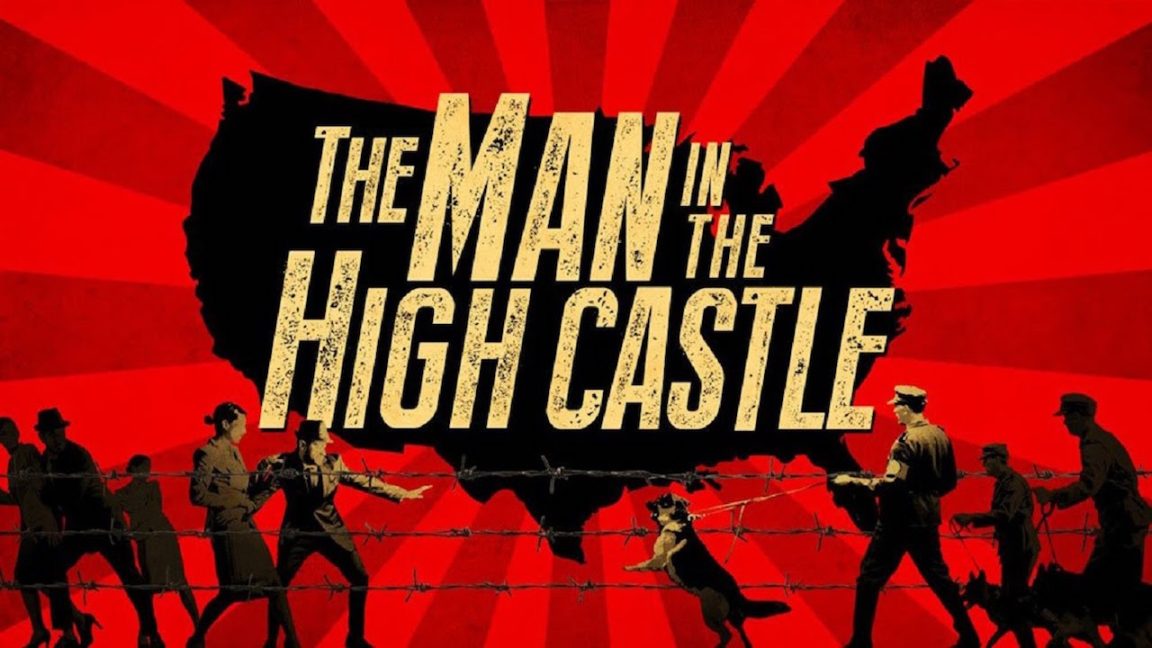
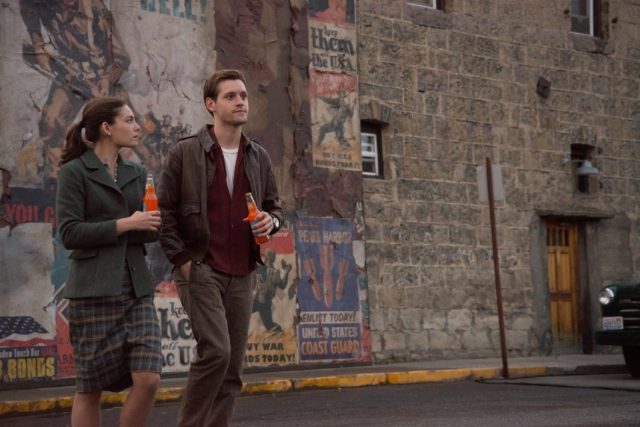
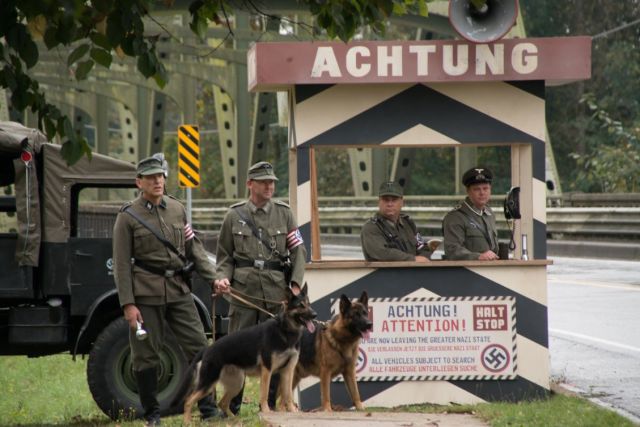



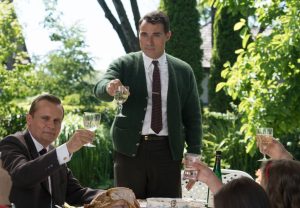
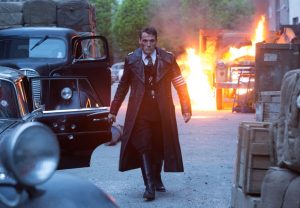

 Loading comments...
Loading comments...
